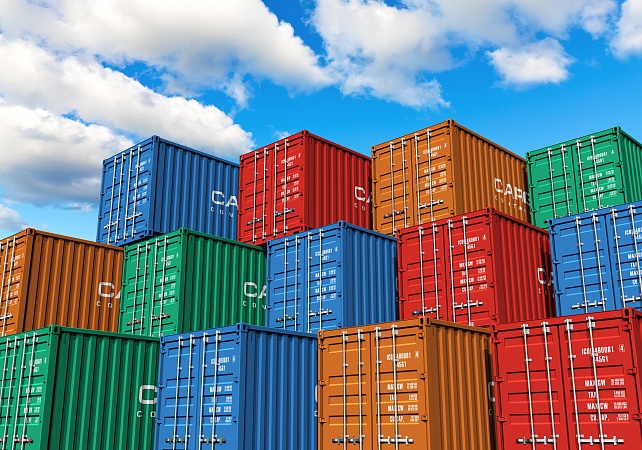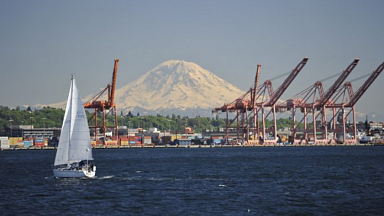Reefer rates had risen by 32% over the year to the end of the second quarter, according to analysts at Drewry. By the end of the third-quarter peak season, this could increase to as much as 50%.
«In contrast to dry container freight rates which are expected to decline in 2022 as trade conditions normalise, reefer container freight rates are forecast to continue rising as price inflation feeds into north-south routes when long-term contract rates are renewed,» said Drewry head of reefer shipping research Philip Gray.
«Most reefer cargo on these trades moves on long term contracts.»
Drewry noted that the resurgence in reefer rates had not been uniform and had affected east-west trades more because of tight capacity constraints. North-south routes had seen less inflation in both dry and reefer rates.
Where rates had increased, this had been driven by competition higher paying dry freight.
«Perishables shippers have competed with higher paying dry freight cargo owners for scarce containership slots, despite ample reefer plug capacity provision,» Drewry said.
Continued disruption across container supply chains had also led to «acute shortages» of reefer equipment. This was already «challenged» by the imbalanced nature of reefer trades, which sees very little refrigerated cargo being shipped to the main exporting regions.
«We believe that these conditions are short term and will self-correct as trade normalises from mid-2022,» Mr Gray said.
«However, we expect reefer container equipment availability to remain an issue for certain trades during their peak seasons, as the global fleet is not expected to keep pace with rising cargo demand, despite record output of newbuilding containers.»
The issues facing the containerised reefer trade had provided a boost to specialist reefer ships as exporters sought to avoid the congested container supply chain.
Nevertheless, Drewry estimates the share of perishables shipped on specialist vessels still declined to just 12% of the 132m tonnes shipped in 2020.
«Further modal share gains and buoyant cargo demand will see containerised reefer traffic expand at a faster pace than dry cargo trade from 2022,» it said.
Shipments of perishables were not so badly affected during the initial outbreak of the pandemic and have seen a 5% annual growth in the first half of this year. But as the contraction was smaller than that in dry containers, the rebound is less noticeable.
«A combination of buoyant cargo growth and tight capacity conditions will continue to support reefer container freight rates and specialised vessel charter earnings,» Mr Gray said.
«However, charter rates for larger reefer vessels that have been in particularly high demand of late are expected to wane as capacity conditions ease.»



